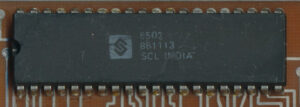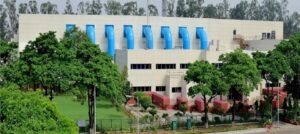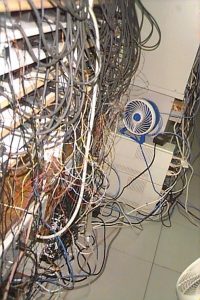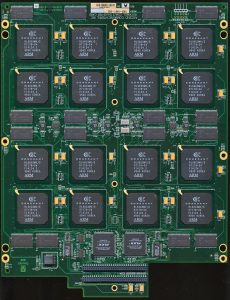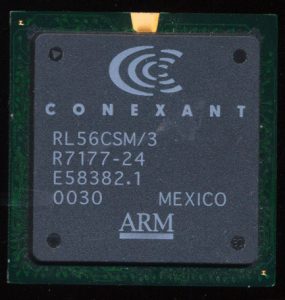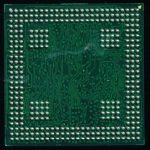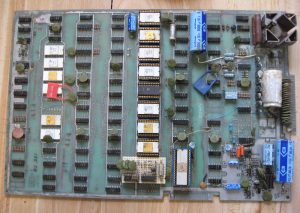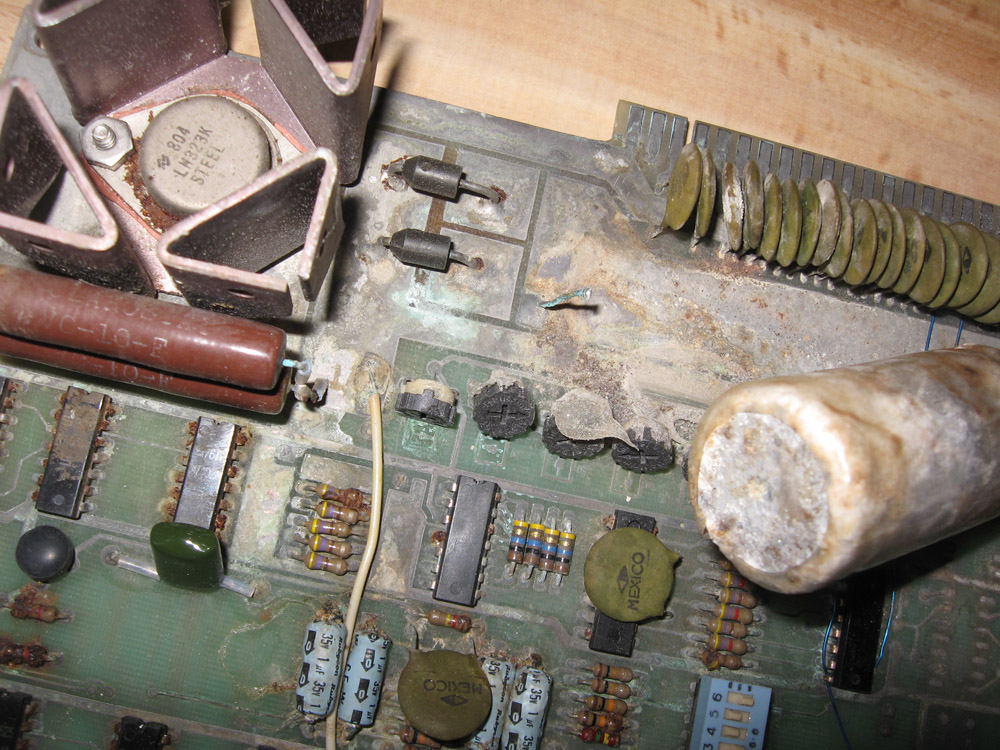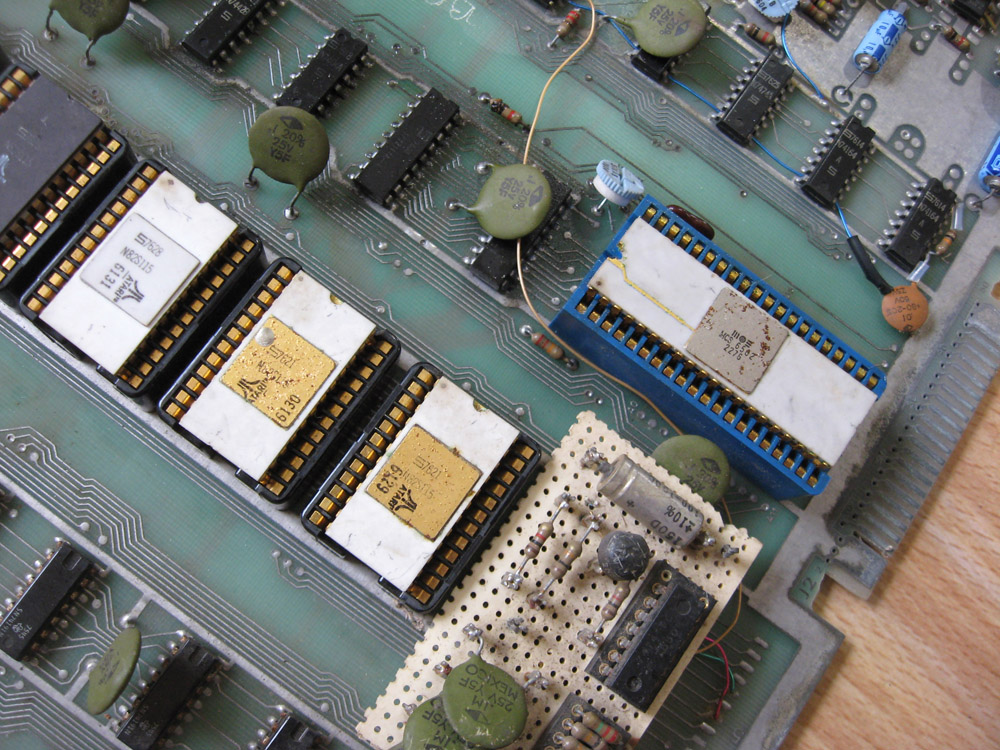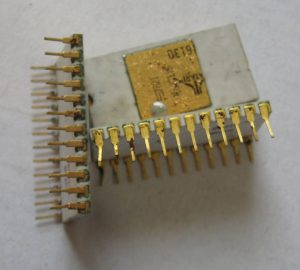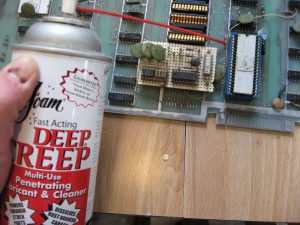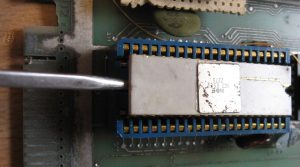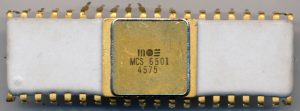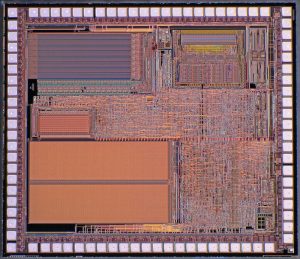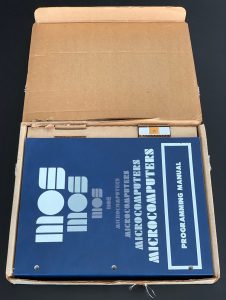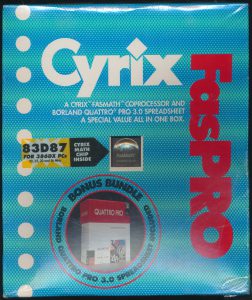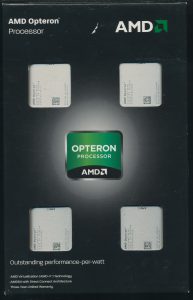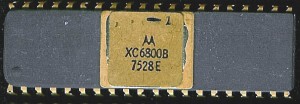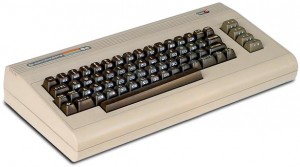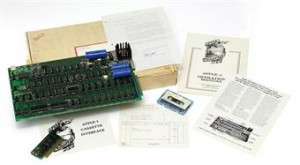The 6502 Travels the World: The Story of the Indian SCL6502
India in the 1970’s was often considered a third world county, supported by a largely agrarian economy and with a wide swath of the population still based off of subsistence living. They also however, had a robust space program, had mastered nuclear technology and had a largely stable government that supported the advancement of technology development in the country. All the pieces were there to begin making the shift to the robust high tech economy that they possess today. In the 1970’s India had several govt entities working on semiconductors and electronics, all managed under the direction of the Dept of Electronics. There was also a fair number of companies with plants in India doing electronics manufacturer and assembly. This was largely small scale production of older technology. TTL circuits (starting with the 7420) were made in Bangalore by BEL back in 1971. But TTL circuits won’t get you far, and at that time the best process India had was around 8 microns, so in 1972 an initiative was started to develop an indigenous semiconductor industry within India.
Politics are the same everywhere, and so this process took some time, people with experience had to be recruited to run it, and a suitable (politically and geographically) location selected. Eventually in the late 1970’s the Semiconductor Complex LTD was formed in the city of Mohali ( Chandigarh ) in the Punjab province of India. SCL was to be the state supported enterprise to bring indigenous high end (LSI and above) semiconductor production to India. Two things were needed to make this work: Technology, and People who were experts in that field. SCL was tasked with going to Japan, America, and Western Europe in search of a company that would assist with the technology transfer, as well as finding some Non-Resident Indians who would be willing to come back to India to work on it. Many Indians had high skill jobs in the industry outside of India, and it turned out convincing them to come back to help their country was a non-issue (though generous incentives were provided). Getting the technology on the other hand was a bit more work.
The first trip of the technology transfer team of SCL was to Hitachi in Japan. Negotiations with Hitachi were grueling, and while not unproductive, did not yield the results SCL wanted. Hitachi was happy to license some designs to SCL, for a high fee and royalties, but did not want to immediately help create the 3-5 micron production fab that SCL envisioned. Hitachi called thei ‘one step at a time’ whereas the Indians wanted to go all in from the start. Hitachi agreed only to help (some) with a 5 micon process) and only to license products for digital clocks and watches. The SCL team then turned to the United States, likely expecting similar results.
The chosen company in the USA was AMI (American Microsystems Inc), a company with 7-8 times the turnover of Hitachi. AMI was at the time the largest maker of custom ICs in America, as well as a very large provider of second source ICs (such as the 6800 and 9900 CPUs). AMI’s CEO Roy Turner readily agreed to help SCL, much to the surprise of their negotiation team, and on the very first day offered SCL AMI’s 5 micro CMOS and NMOS processes, with the option to license their 3 micron CMOS and NMOS processes within 4 years of the agreement becoming effective. AMI also offered SCL access to all of AMI’s standard products catalog, as well as the possibility of joint development of additional products, all at a simple 50/50 split. AMI even offered to help with the technology export license that would be required by the US State Dept to transfer the fab tech to India. The agreement was signed in April of 1981.
Posted in:
CPU of the Day


